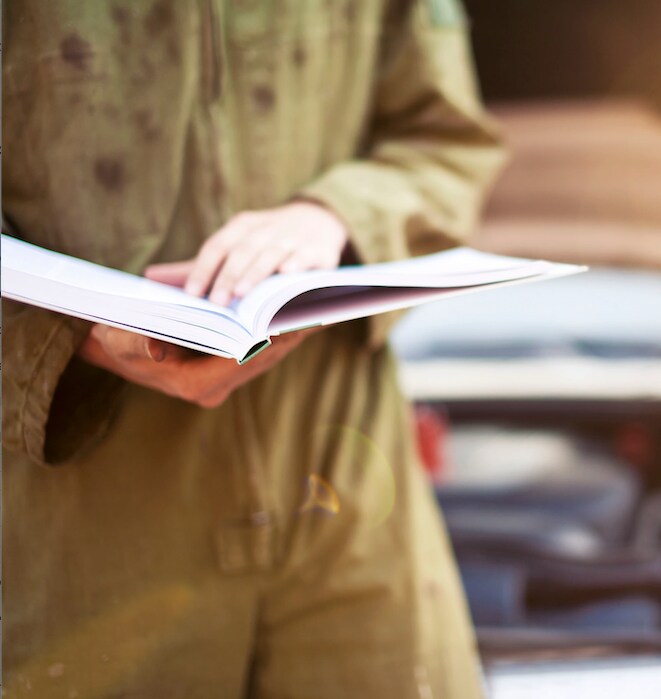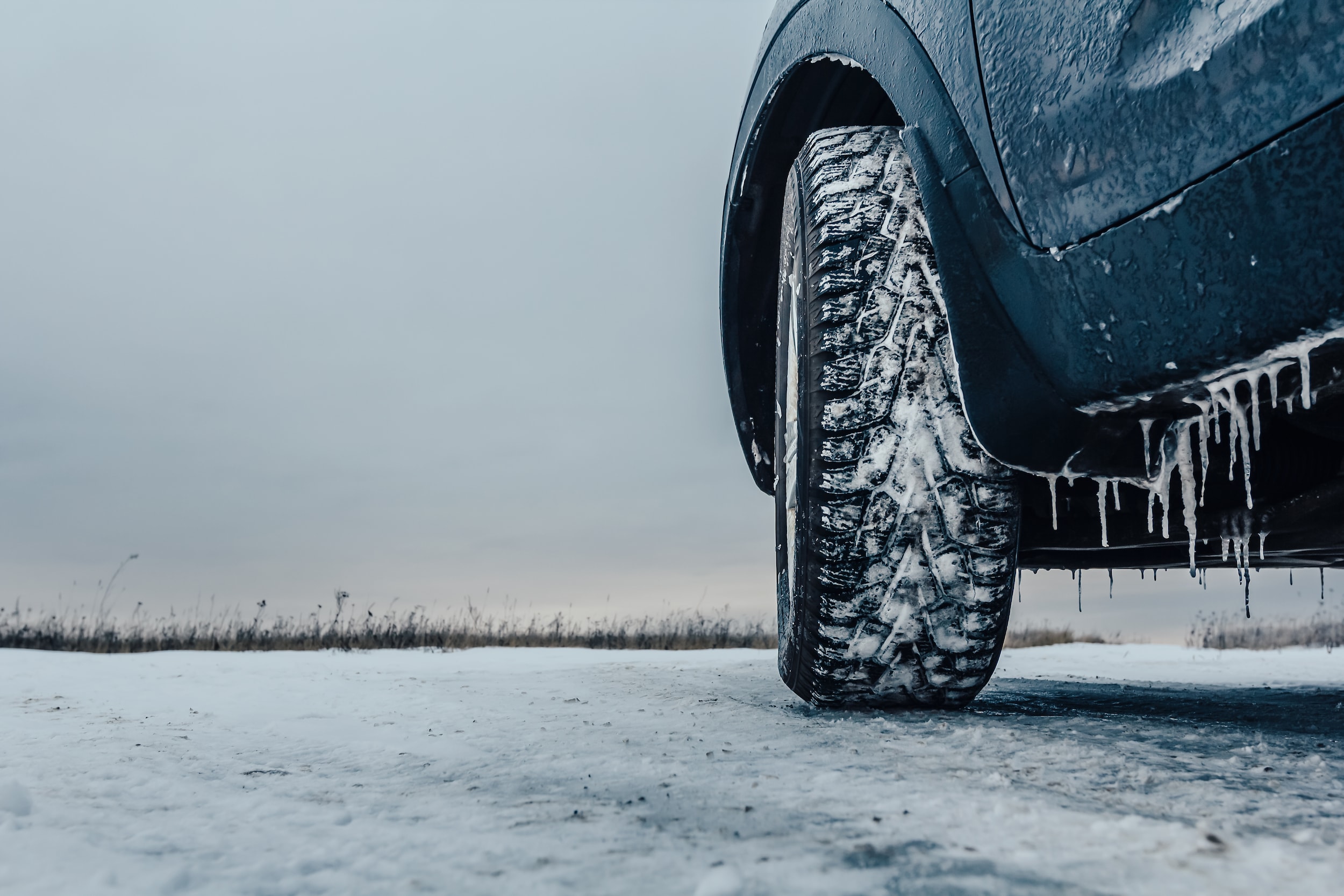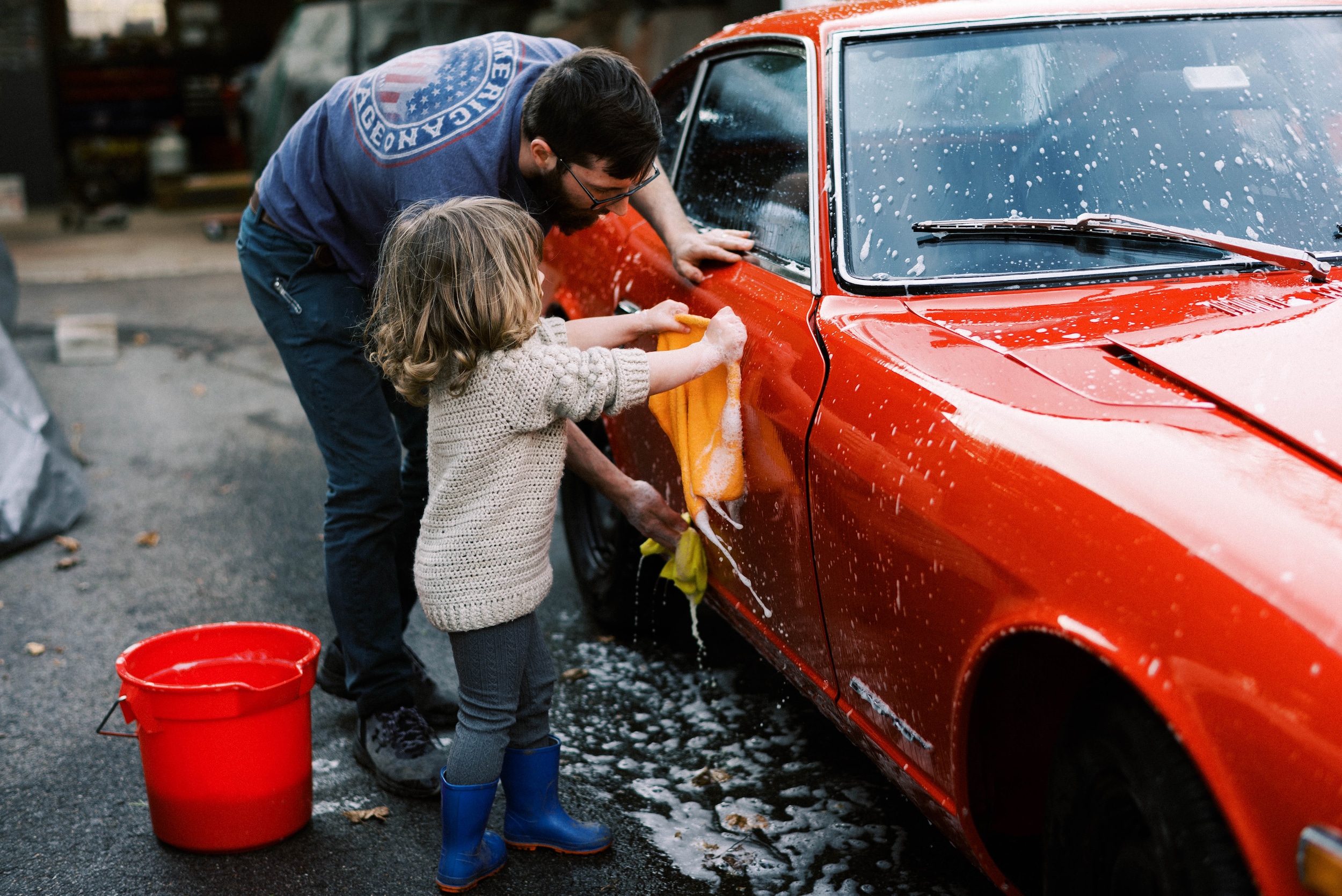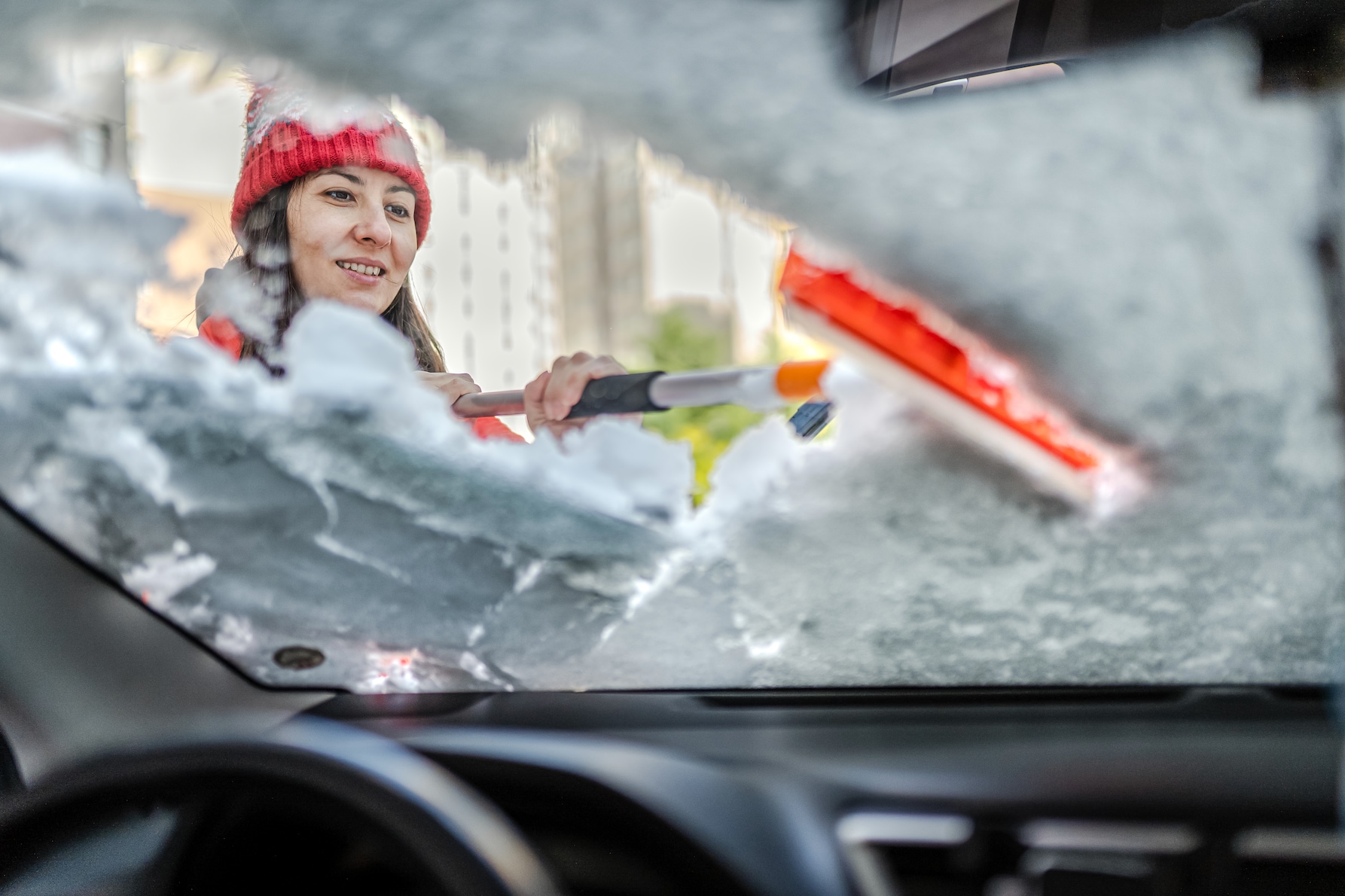Winter is upon us and that means it is time to get your car ready for the cold weather. First up, an oil change will help your engine run smoothly even on the coldest days. Your engine oil's viscosity is affected by the cold and may mean that you need to switch to winter-grade oil. Ask your Lithia Motors factory-trained technician if a thinner grade of engine oil makes sense for your vehicle in sub-zero conditions.
You will want to make sure all your vehicle's lights are working properly. Have your windshield wipers checked as well as the wiper fluid to keep your view clear in the snow and sleet. Have all the fluids under the hood checked including brake fluid, power steering fluid, antifreeze/coolant and have your tech check all the belts and hoses for wear.
This may sound obvious but have the climate control checked. Make sure the heater and defroster are working properly. Also, have your technician check your car's battery and perform a load check to make sure it can maintain a charge. In cold temps your car needs more current from the battery to start the engine and there's nothing worse than having a dead battery during the winter. The tech will also check for cracked or corroded battery cables and terminals.









